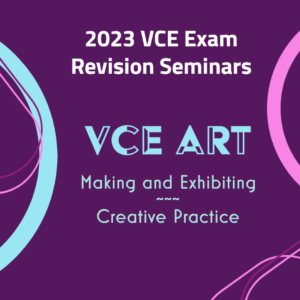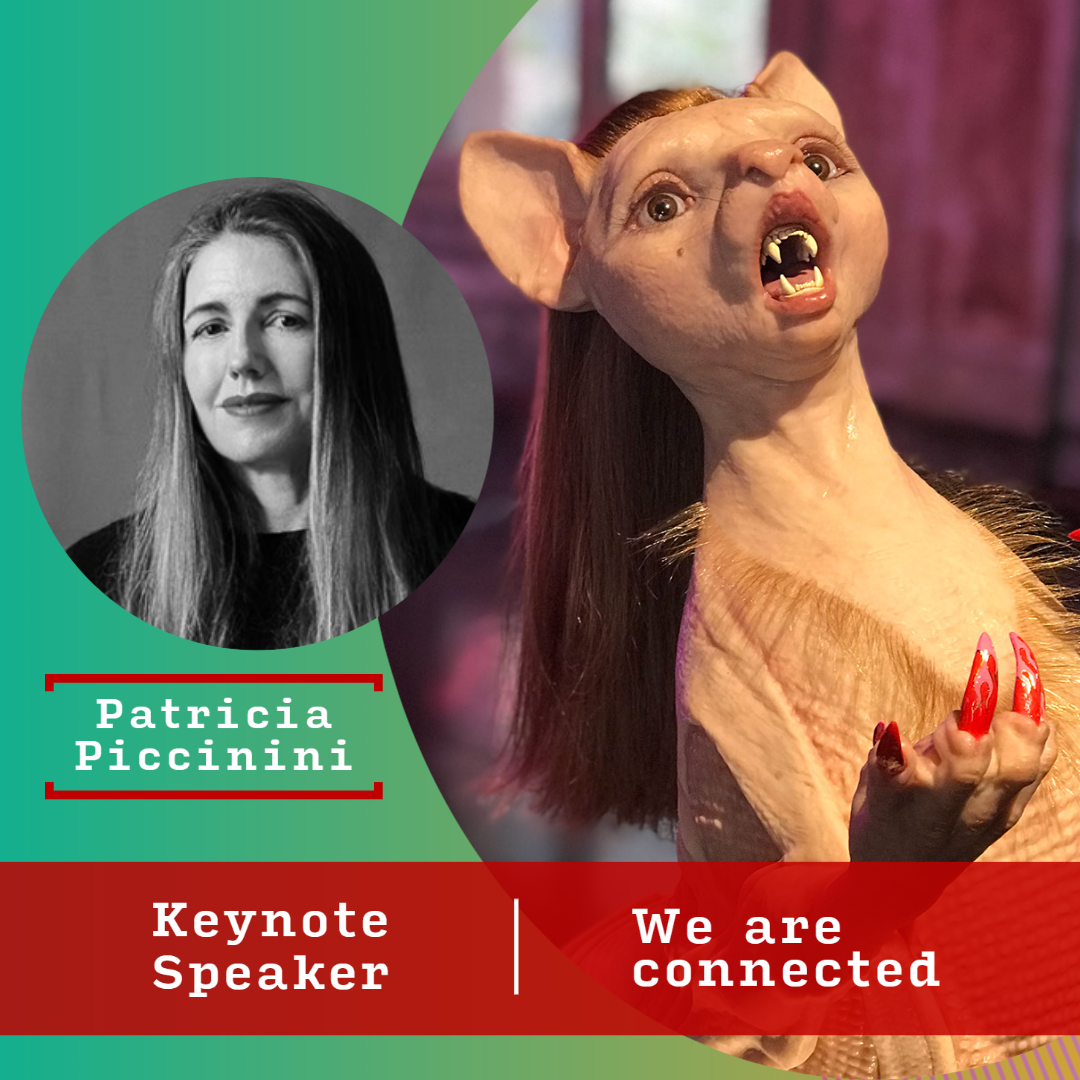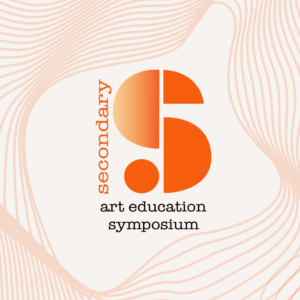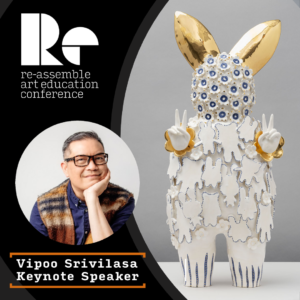Nurturing excellence in visual arts teaching
LENA CIRILLO
In recent years, there has been a growing recognition of the importance of professional development for visual art educators.
As schools face budget cuts and prioritise core subjects, it is crucial to advocate for continuous learning opportunities that support the growth and excellence of visual art educators, especially educators teaching out-of-field content and as technological advances continue to affect arts practice. These opportunities not only benefit the educators themselves but also have a positive impact on students’ learning outcomes.
Visual art professional development workshops, conferences and online courses offer all educators a chance to enhance their skills, stay updated with the latest pedagogical approaches, and connect with a network of fellow educators. These experiences foster a sense of community and collaboration, providing an invaluable support system for educators who often find themselves working in isolation due to having only one specialist visual art educator in many schools, or teaching subjects outside their area of expertise.
By investing in their professional growth, visual art educators can improve their instructional practices, create engaging learning environments, and ultimately, positively impact student learning. One example is evidenced by highlighting the achievements of VCE Art students in Art Education Victoria’s annual KickstART program supported by the National Gallery of Victoria where high performing student outcomes is shared with peers. Art educators have been critical in coaching these students to be high achievers.
Art Education Victoria is a non-profit organisation committed to supporting professional learning that extends beyond conferences and symposiums. The organisation offers continuous networking opportunities, advocacy and consultancy services to the education and visual arts sector. These services involve collaborating with public and private galleries/museums, as well as working alongside internationally renowned local contemporary artists. These offerings enable visual art educators to stay up to date with current trends, methodologies and pedagogical approaches in art education.
According to Kerry Power, a leading academic in the field of Art Education at Monash University, “Empowering educators through collaborative partnerships and access to diverse resources is essential for fostering a vibrant and progressive art education environment. Art Education Victoria’s initiatives in collaboration with galleries, tertiary institutions and local contemporary artists provide a rich platform for nurturing excellence in teaching and learning.”
The benefits to students of visual art education extend beyond the art classroom. The arts inspire young people to explore their creativity, think critically and develop innovative solutions to problems. By nurturing skills such as self-management, problem-solving and emotional judgment, visual art education equips students with valuable lifelong skills that are transferable to other subject areas, career pathways and other future endeavours. The arts encourage interdisciplinary connections, allowing students to make meaningful connections between visual art and other disciplines, such as STEM/science, history and literature.
Supporting out-of-field visual art teachers is crucial for ensuring the quality of art education in schools. In some cases, due to staffing constraints or limited resources, teachers with expertise in other subjects may be assigned to teach visual art. While these educators may not have formal training in art education, they will benefit from professional development opportunities tailored to their needs.
By providing targeted support, resources and training, schools can empower out-of-field visual art teachers to develop their instructional skills and foster a love for art among their students. Associate Professor Dr Jim Van Overschelde, from Texas State University has conducted research about Out-of-Field teaching over an eight-year period, has found that, “Knowledge of course-specific content and how to teach that content to students seems far more important to student learning than general teaching abilities like classroom management and lesson planning. Subject-specific teacher preparation is the most effective.”
Teacher retention including visual art specialists is a pressing concern in the education sector, and professional development plays a significant role in addressing this issue. When educators are given the opportunity to engage in ongoing learning and growth, they feel valued and supported in their profession. Non-profit subject teacher associations like Art Education Victoria are critical in providing support and the state government could be more proactive to ensure the sustainability of these non-profit organisations. Teacher associations can support the increase in job satisfaction and can contribute to teacher retention. By investing in professional learning for visual art educators, schools and institutions demonstrate their commitment to the arts and the importance of providing a well-rounded education to students.
While visual art educators have a primary role in teaching the visual arts, educators in other subject disciplines can also benefit from incorporating the visual arts into their teaching practice. By integrating visual elements, collaborating with visual art educators, inviting artistic guest speakers, and participating in visual art professional development opportunities, educators can tap into the power of the visual arts to enhance student learning, foster creativity and promote interdisciplinary connections. By embracing the visual arts as a valuable educational tool, educators can provide students with a well-rounded education that nurtures their artistic abilities, critical thinking skills and appreciation for creativity in all its forms.
Professional development is a vital component of nurturing excellence in visual art education. By providing educators with opportunities to enhance their skills, connect with peers and stay updated with current practices, schools and institutions can support the growth and retention of visual art teachers. Additionally, students benefit from visual art education by developing essential skills and making interdisciplinary connections.
It is crucial to recognise the value of professional learning for visual art educators and Art Education Victoria is an advocate for its integration into the education system for all year level educators to ensure high-quality art education for all students and teacher retention.
——————————-
An edited version of the above ARTicle by Lena Cirillo has been published as an editorial in the Education Australia Resource Guide Septermber 2023






———————————————————————-
What can we do?
Pave the way for a thriving future in art education. If you’re not already, please consider implementing the following initiatives to strengthen your practice and contribute to the collective growth of the art education sector. We are also aware that time is a precious comodity – and we just can’t do it all…
1. Embrace Diverse Learning: Engage in a spectrum of learning experiences, ranging from collaborative projects with local artists to immersive museum visits and online courses. ArtEdVic Symposium and ArtEdVic conferences offer unparalleled networking opportunities, while being a member of ArtEdVic grants you access to a support network and resources.
2. Amplify Your Voice: Advocate for the support of non-profit organisations, like Art Education Victoria, emphasizing their role in fostering continuous networking, advocacy, and professional growth opportunities. Your active advocacy can make a significant impact on the sustainability and progress of art education in your school and beyond. Share the ARTicle ‘Nurturing excellence in visual arts teaching” with others.
3. Foster Interdisciplinary Connections: Collaborate with educators from other disciplines to integrate visual arts into the curriculum. By showcasing the relevance of art across multiple fields of study, you not only foster interdisciplinary connections but also nurture a holistic learning environment for your students.
4. Celebrate Artistic Achievements: Spotlight the accomplishments of your students in various art programs, demonstrating the profound impact of quality art education on student learning outcomes. Celebrate these achievements within the educational community to emphasize the significance of support and encouragement in the arts. Encourage your VCE students to apply for the Art Education Victoria annual KickstART program highlighting their achievements. Visit other student art exhibitions and share you own wonderful student work.
MOST RECENT ARTicles :
Teaching Art is Easy
MAX DARBY
Sadly, for many of us, some people seem to think teaching a...
Learn more
Mornington Island Enterprise Art Project
BEN LANDERS
As a non-Indigenous art teacher with experience working in re...
Learn more
Robbie Rowlands
STUART KOOP
Seeing a body with holes, the incision so precise, the remova...
Learn more







